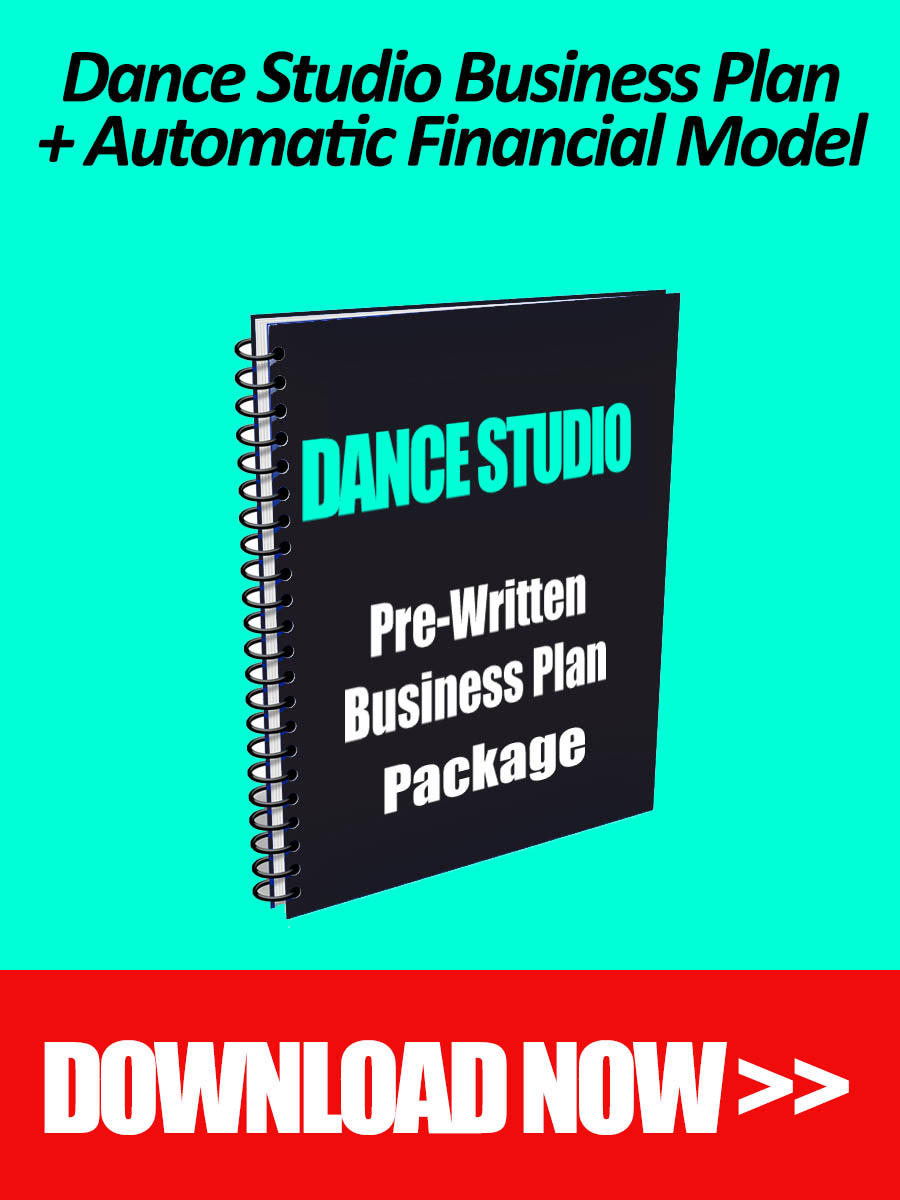Are you planning to launch a dance studio or dancing school? If yes, then you must understand the strengths, weaknesses, opportunities and threats linked to such a project. The best way to do that is to conduct a SWOT analysis for your dance studio. Usually, this exercise is an integral part of your dance studio business plan.
This article presents you with typical SWOTs you might encounter with a dance studio project and thus is a great place to start before you apply this analysis to your own dance academy concept.
Strengths of a Dance Studio/Academy
Experienced instructors: Dance studios/academies with experienced and highly qualified instructors can be a major strength, as these instructors can provide high-quality dance education to their students. This can help to attract and retain customers, as well as differentiate the business from its competitors.
A wide range of dance styles: Offering a wide range of dance styles can be more appealing to a diverse group of customers. This can help to attract new students and retain existing ones, as students will have the opportunity to try different styles and find the one(s) that best suits their interests and goals.
A positive reputation: A dance studio/academy with a positive reputation can be a major strength, as it can attract new students and help to retain existing ones. This can be achieved through delivering a consistently high-quality instruction, a positive studio culture and great customer service.
A strong sense of community: Fostering a strong sense of community among your students and instructors can be a major strength. The positive and supportive atmosphere encourages students to continue taking classes and refer their friends and family to the studio.
A convenient location and schedule: A dance studio/academy that is conveniently located and offers a flexible schedule can be a major advantage, as it can make it easier for students to fit dance classes into their busy schedules.
Weaknesses of a Dance Studio/Academy
Limited instructor/classes availability: A limited number of instructors is a major weakness as it may limit the number of classes, time slots and variety of dance styles offered by your studio which can have a detrimental impact on the business. Students may become frustrated if they are unable to find a class that fits their schedule and may decide to go elsewhere.
High prices: This may discourage potential students from enrolling and can be especially challenging in competitive markets where there are other more affordable options available.
Low focus on marketing: Lacking a strong marketing strategy can be a major weakness. This can make it difficult to reach a wide audience and attract new students, which can negatively impact the business’ long-term success.
A limited studio space: A small studio space may be a significant weakness as it may limit the number of classes that can be offered and the number of students that can be enrolled. This can impact the business’s profitability and growth potential.
Opportunities for a Dance Studio
Specialized classes: Dance studios/academies can offer specialized classes that cater to a specific group of students. For example, you could offer dance classes for children with disabilities, seniors or athletes. By targeting a niche market, you can differentiate yourself from competitors and appeal to a unique group of students.
Partnerships and collaborations: Why not explore opportunities to partner with other businesses or organizations in the local community? For example, your studio could offer dance classes as part of a local school’s extracurricular program or team up with a fitness center to offer dance-based fitness classes. By partnering with other organizations, you can reach a wider audience and definitely generate new business.
Online classes: The recent pandemic was surely a crisis on a global scale but, as they say, each crisis unlocks new opportunities. With the boom of online learning that accelerated during the COVID-19 pandemic, dance studios academies now have the opportunity to offer virtual classes to students who are unable to attend in-person sessions. This can be especially appealing to students who live far from the studio or have busy schedules.
Special events: Dance academies can host special events such as dance camps or workshops with local or international guest instructors. These events can be a major draw for students and can help to generate additional revenue for the business. For instance, your academy could host a dance camp over the summer or bring in a guest instructor from Argentina to teach a series of workshops on Argentine tango!
Expanding into new markets: This one is a no-brainer. If your dance studio is successful in its current location then it makes sense to try to expand into new markets and reach a wider audience. This could involve opening a second location or offering classes in a new city or region.
Corporate wellness programs: You can explore targeting companies and organizations by offering dance classes as part of corporate wellness programs. Many companies offer wellness programs to their employees as a way to promote healthy lifestyles and reduce absenteeism. By offering dance classes as part of these programs, your studio can reach a new upmarket audience and unlock new revenue streams.
Community involvement: Dance studios/academies can take advantage of opportunities to get involved in their local community. This could include things like partnering with local schools or organizations by offering dance classes or hosting events that benefit local charities. By being active in your community, you can build relationships, raise your studio’s profile and attract new students.
Diversifying class offerings: You can also add new dance styles or even fitness classes to your service menu. This can attract a new type of customers. For example, you could add a new dance style like salsa or hip hop, or some fitness classes like Zumba or yoga.
Threats of a Dance Studio
Tough competition: As mentioned earlier, competition from other dance studios/academies can be a major threat. It can be challenging to stand out in a crowded market and attract new students, especially if there are many other options available.
Economic downturns: Economic downturns or recessions can impact a dance studio in several ways. Students may be less likely to enroll in dance classes if they are concerned about their financial situation and the business may face challenges in terms of cash flow and profitability.
Changes in consumer preferences: The dance industry is constantly evolving and your dance studio has to be prepared to adapt to changes in consumer preferences. For example, if there is a shift towards more contemporary or exotic dance styles, a studio that previously specialized in traditional styles may struggle to attract students. The solution is to adapt your offering to the latest market trends.
Technological advancements: As with any industry, dance academies must be prepared to adapt to technological changes and disruptions. This could include the adoption of online registration systems, virtual classes or the use of social media for marketing and communication. If your studio is slow to adopt new technologies, it may struggle to keep up with its competitors.
Force majeure and natural disasters: Hurricanes, floods, fires or earthquakes can be a major threat to any business and your dance studio is no exception. These events can damage the studio or disrupt business operations.
Conclusion
We hope our sample dance studio SWOT analysis was useful. We highly encourage you to start adapting it to your own project. If you wish to take things even further, we highly recommend you download our ready-made dance studio business plan package. It comes with a pre-written business plan in Word and an automatic financial plan in Excel that you can easily adapt to your own dance studio project.



